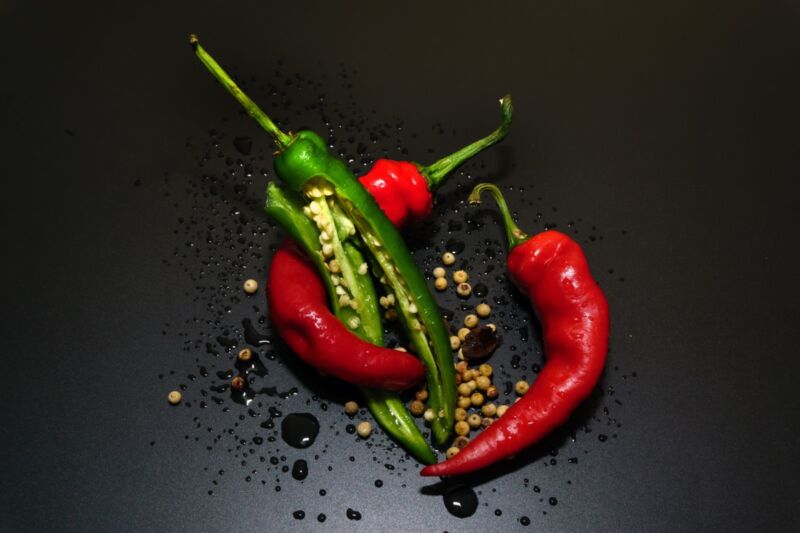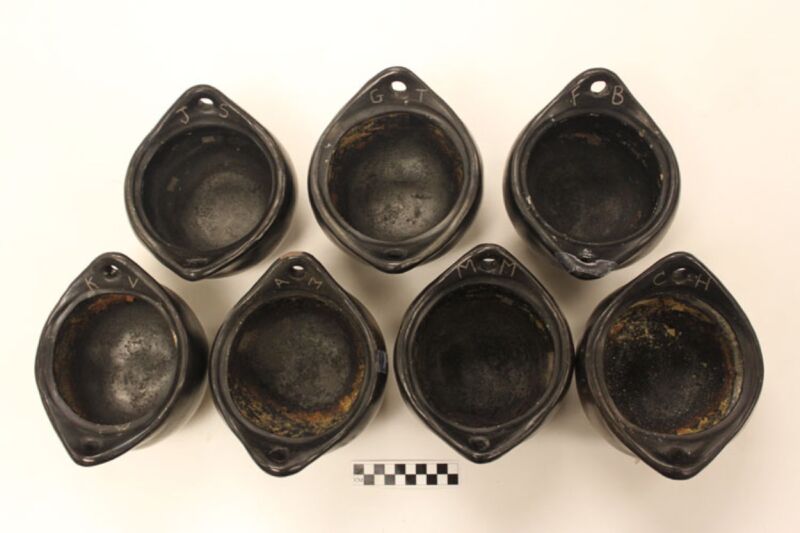-
 chevron_right
chevron_right
Just how hot is that pepper? New chili-shaped portable device could tell you
Jennifer Ouellette · news.movim.eu / ArsTechnica · Thursday, 22 October, 2020 - 22:04 · 1 minute

Enlarge / There could soon be an easier way to tell how hot that chili pepper is. (credit: Azman Mohamad / EyeEm via Getty Images )
Capsaicin is the compound responsible for determining just how hot a variety of chili pepper will be; the higher the capsaicin levels, the hotter the pepper. There are several methods for quantifying just how much capsaicin is present in a pepper—its "pungency"—but they are either too time-consuming, too costly, or require special instruments, making them less than ideal for widespread use.
Now a team of scientists from Prince of Songkla University in Thailand has developed a simple, portable sensor device that can connect to a smartphone to show how much capsaicin is contained in a given chili pepper sample, according to a new paper in the journal ACS Applied Nano Materials. Bonus: the device is whimsically shaped just like a red-hot chili pepper.
An American pharmacist named Wilbur Scoville invented his eponymous Scoville scale for assessing the relative hotness of chili peppers back in 1912. That testing process involves dissolving a precise amount of dried pepper in alcohol so as to extract the capsaicinoids. The capsaicinoids are then diluted in sugar water. A panel of five trained tasters then tastes multiple samples with decreasing concentrations of capsaicinoids until at least three of them can no longer detect the heat in a given sample. The hotness of the pepper is then rated according to its Scoville heat units (SHU).

